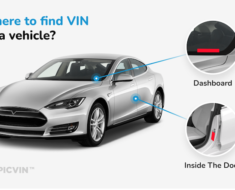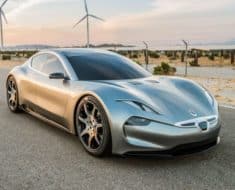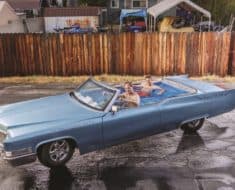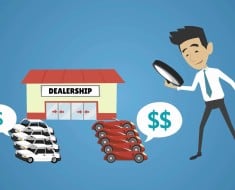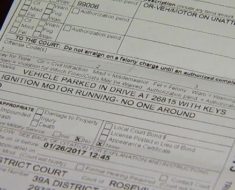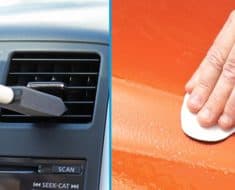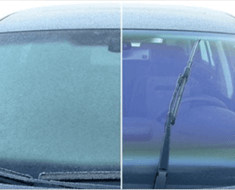
In the world of automotive decisions, the choice between leasing and buying a car is a pivotal one. Each option comes with its own set of advantages and considerations, making the decision-making process intricate. From financial implications to lifestyle preferences, there’s much to ponder. In this blog post, we’ll delve into the intricacies of this decision-making process, exploring the pros and cons of leasing versus buying, and ultimately helping you decide which option suits your needs best.
Leasing vs. Buying: Understanding the Basics
Before diving into the details, let’s establish a fundamental understanding of leasing and buying.
Leasing
Leasing a car involves essentially renting it for a specific period, typically two to three years. During this time, you make monthly payments to the leasing company. At the end of the lease term, you return the car to the leasing company, with the option to either lease a new vehicle or purchase the leased car at its residual value.
Buying
Buying a car, on the other hand, entails outright ownership. You either pay for the vehicle in full upfront or opt for financing, where you make monthly payments until you’ve paid off the entire purchase price. Once you’ve paid off the car, it’s yours to keep for as long as you desire.
The Case for Leasing: Flexibility and Affordability
- Lower Monthly Payments:
One of the primary attractions of leasing is the lower monthly payments compared to buying. Since you’re essentially paying for the vehicle’s depreciation during the lease term rather than its entire value, monthly payments are typically more affordable. This can free up your budget for other expenses or allow you to drive a more upscale vehicle for the same monthly payment as buying a less expensive car.
- Minimal Upfront Costs:
Leasing often requires minimal upfront costs compared to buying. While buying a car may necessitate a substantial down payment, leasing typically requires only the first month’s payment, security deposit, and acquisition fee. This can make leasing a more accessible option for those with limited savings.
- Enjoying New Cars Regularly:
For those who crave the latest automotive technology and styling, leasing offers the opportunity to drive a new car every few years. This means you can constantly experience the newest features and upgrades without the hassle of selling or trading in your vehicle.
Exploring the Seat Ateca Leasing Option
If you’re considering leasing a compact SUV, the Seat Ateca is a compelling option to explore. Known for its sporty design, spacious interior, and advanced technology features, the Seat Ateca offers an enticing leasing proposition. With its agile handling and versatile capabilities, it’s an ideal choice for navigating both urban streets and countryside roads with ease. Considering the enticing features and flexible terms, exploring Seat Ateca leasing options could be a savvy choice for drivers seeking a blend of style, performance, and affordability.
Cars to Lease: Finding the Right Fit for You
- Compact SUVs:
Compact SUVs like the Seat Ateca are a popular choice for leasing due to their versatility and practicality. With ample cargo space, comfortable seating, and available all-wheel drive, they offer a compelling blend of utility and maneuverability.
- Electric Vehicles (EVs) and Hybrids:
With growing concerns about environmental sustainability, leasing an electric vehicle or hybrid has become increasingly attractive. EVs and hybrids offer lower operating costs and reduced emissions, making them a responsible choice for eco-conscious consumers.
- Luxury Vehicles
Leasing also presents an opportunity to drive luxury vehicles that may be financially out of reach for buying outright. Whether you desire the refined elegance of a Mercedes-Benz or the performance prowess of a BMW, leasing allows you to indulge in premium automotive experiences without the long-term commitment. When considering cars to lease, it’s important to prioritize factors such as reliability, fuel efficiency, and suitability for your lifestyle.
The Case for Buying: Long-Term Ownership and Equity
- Equity Accumulation
Unlike leasing, buying a car allows you to build equity over time. As you pay down the loan, you gradually increase your ownership stake in the vehicle. Once the car is paid off, you have the option to continue driving it payment-free or sell it for cash, providing a potential source of funds for your next vehicle purchase.
- Unlimited Mileage and Customization
Buying a car offers greater freedom in terms of mileage and customization. Since you’re not bound by lease restrictions, you can drive as many miles as you please and modify the vehicle to your heart’s content without worrying about excess wear and tear charges.
- Long-Term Cost Savings
While leasing may offer lower monthly payments initially, buying a car can result in long-term cost savings. Once you’ve paid off the loan, you eliminate monthly payments altogether, whereas leasing requires continuous payments for as long as you choose to lease vehicles.
Conclusion
In the debate between leasing and buying cars, there’s no one-size-fits-all answer. The decision ultimately depends on your individual priorities, lifestyle preferences, and financial circumstances. If you value flexibility, affordability, and the opportunity to drive new cars regularly, leasing may be the way to go. However, if you prioritize long-term ownership, equity accumulation, and the freedom to customize your vehicle, buying is likely the better option.
Whatever path you choose, it’s essential to conduct thorough research, compare offers from different leasing companies, and carefully evaluate your budget and needs. Whether you opt for the convenience of Seat Ateca leasing or the long-term benefits of car ownership, the key is to make an informed decision that aligns with your goals and aspirations on the road ahead.









